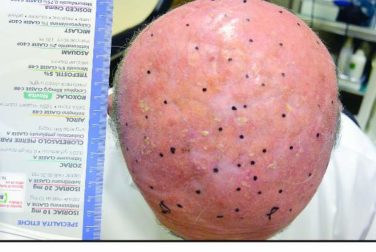Maternal vaccine hesitancy and physician self-efficacy did not improve after using a physician-centered communication intervention program, according to Nora P. Henrikson, Ph.D., and her associates.
The investigators recruited mothers from four hospitals with obstetric services in Washington state. Members of the intervention group and the control group shared similar characteristics except for maternal race and ethnicity, reported Dr. Henrikson of the Group Health Research Institute in Seattle.
At the baseline measurement, 9.8% of mothers in the intervention group were hesitant about vaccines, compared with 12.6% in the control group. After the intervention, hesitancy in the intervention group was 7.5%, while in the control group, hesitancy was at 8%. The odds ratio for reduction of maternal hesitancy was 1.22.
Physician self-efficacy was significantly lower in the intervention group, with 58% reporting high confidence in talking about risk, 69% reporting high confidence in providing information, and 54% reporting high confidence in answering difficult parent questions. The rate for doctors in the control group was 70%, 81%, and 69%, respectively.
While a physician-targeted approach did not work, the study results must be the start, not the end, of the story to find an effective way to end vaccine hesitancy, Julie Leask, Ph.D., University of Sydney, Australia, and Dr. Paul Kinnersley, Cardiff University, Wales, wrote in a related editorial. Taking a tough stance with hesitant parents, while appealing to many doctors, “may reduce trust and possibly schedule completion in the longer term,” Dr. Leask and Dr. Kinnersley said.
“Billions of dollars fund the research and development of vaccines to ensure their efficacy and safety. There needs to be a proportional commitment to the ‘R&D’ of vaccine acceptance because vaccines are only effective if people willingly take them up,” Dr. Leask and Dr. Kinnersley concluded.
Find the full study in Pediatrics (2015 Jul;136:70-79. doi: 10.1542/peds.2014-3199) and editorial (2015 Jul;136:180-182. doi: 10.1542/peds.2015-1382).




